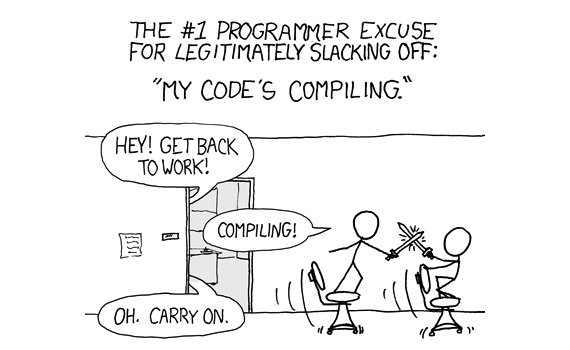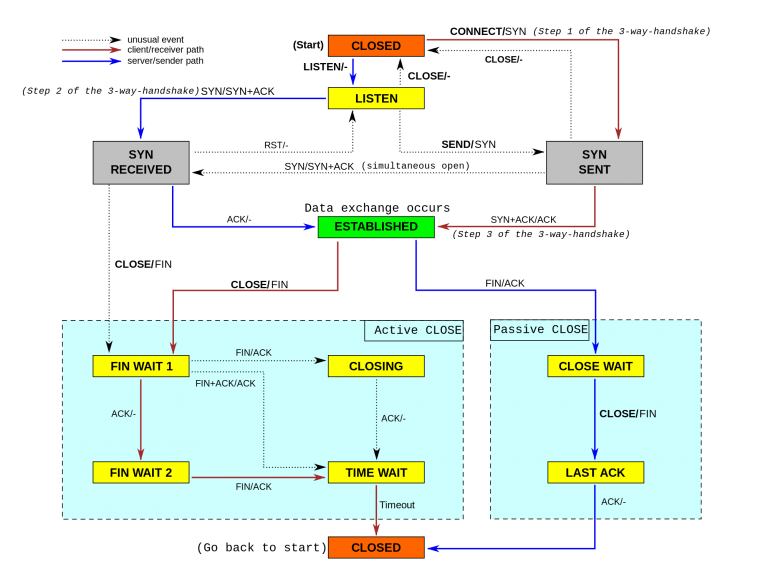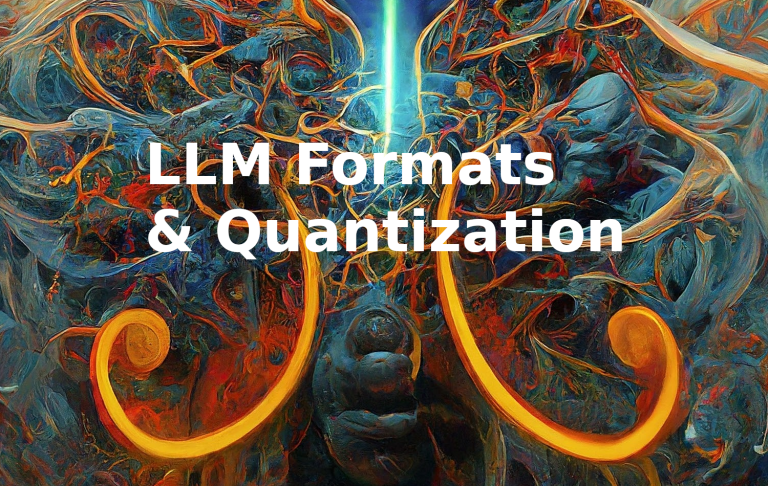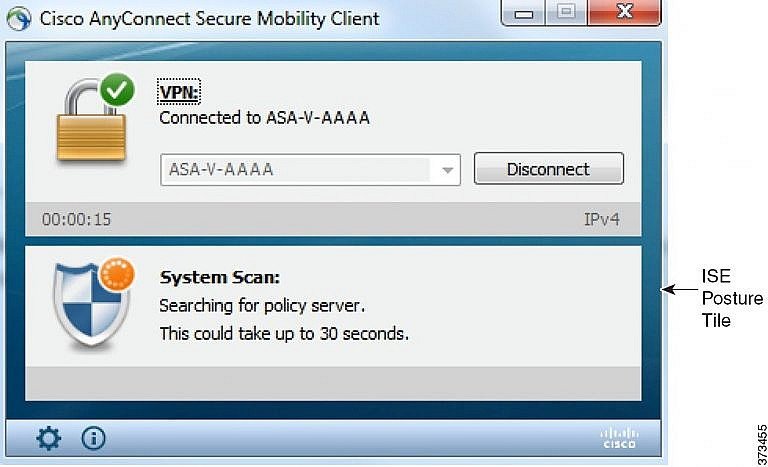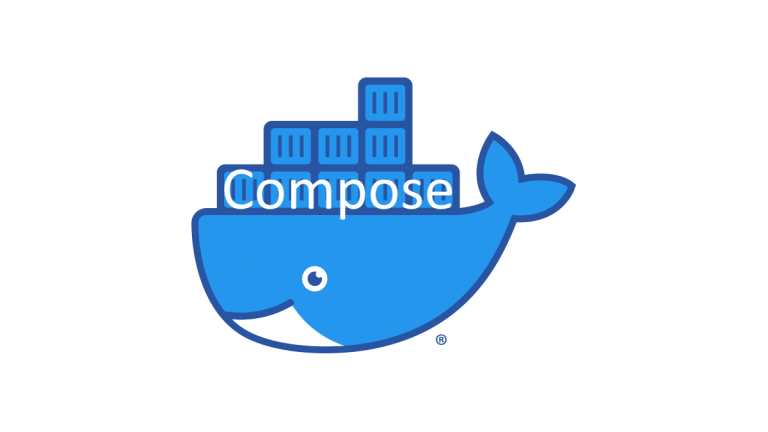Exploring the Diverse World of LLM Models
The world of artificial intelligence is buzzing with the impressive capabilities of large language models (LLMs). These powerful AI systems possess a remarkable ability to understand and generate human-like text. However, not all LLMs are created equal. Distinct types like instruct models, chat models, and others specialize in different tasks, making them suitable for various applications.
Instruct Models: Task-Oriented Virtuosos
Imagine an LLM that diligently follows your directions. That’s the essence of an instruct model. These models excel in understanding and executing specific instructions. They have been fine-tuned on datasets containing clear commands and corresponding outputs. This focused training makes them ideal for:
- Virtual Assistants: Instruct models power the commands you give to your smart speaker, setting alarms, playing music, or controlling smart home devices.
- Summarization Tools: Need an article condensed into key points? Instruct models can analyze text and provide accurate summaries.
- Content Creation: From poems and email drafts to code snippets, instruct models are excellent at following your stylistic directions.
Chat Models: The Art of Conversation
Chat models are designed to mimic the flow of natural human conversation. They are masters of context, capable of remembering previous exchanges and generating responses that align with the ongoing dialogue. Their strengths lie in:
- Chatbots: Whether it’s customer service or a virtual friend, chat models keep the conversation engaging and helpful.
- Social Interaction and Entertainment: In games or interactive stories, chat models can create dynamic and believable AI characters
- Brainstorming and Exploration: Think of chat models as conversational sounding boards to bounce ideas and explore new possibilities.
Beyond the Basics: Specialized LLM Types
The LLM landscape extends beyond the instruct and chat categories. Here are some other notable specializations:
- Code Generation Models: With an in-depth understanding of programming languages, these LLMs assist developers by writing code, explaining complex concepts, and even debugging.
- Multilingual Models: These models break language barriers, enabling seamless translation and communication across different languages.
- Scientific and Domain-Specific Models: LLMs can be fine-tuned on specialized datasets like medical journals or legal documents, allowing them to provide expert knowledge within specific fields.
Choosing the Right LLM for Your Needs
Selecting the most suitable LLM depends heavily on your intended application. Here are key factors to consider:
- Task vs. Open-Endedness: Do you need precise task execution (instruct) or a conversational flow (chat)?
- Control vs. Creativity: How much control do you want over the output, and how much creative freedom is acceptable?
- Specificity of Domain: Does your use case require general knowledge, or specialized expertise in a particular field?
The Future of LLM Development
LLM research is constantly evolving. As these models become more sophisticated, we can expect even broader applications. Some exciting potential developments include:
- Hybrid Models: Combining the strengths of instruct and chat models for greater versatility.
- LLMs with Multimodal Input: Models that can process and generate text, images, and potentially other sensory input for richer interactions.
- Improved Safety and Bias Mitigation: Addressing potential harmful biases and promoting responsible use of LLMs will be essential.
The world of LLMs is full of exciting possibilities. By understanding the distinctions between different model types, businesses and individuals alike can harness this powerful technology to enhance their workflows, creative projects, and interactions with the digital world.


